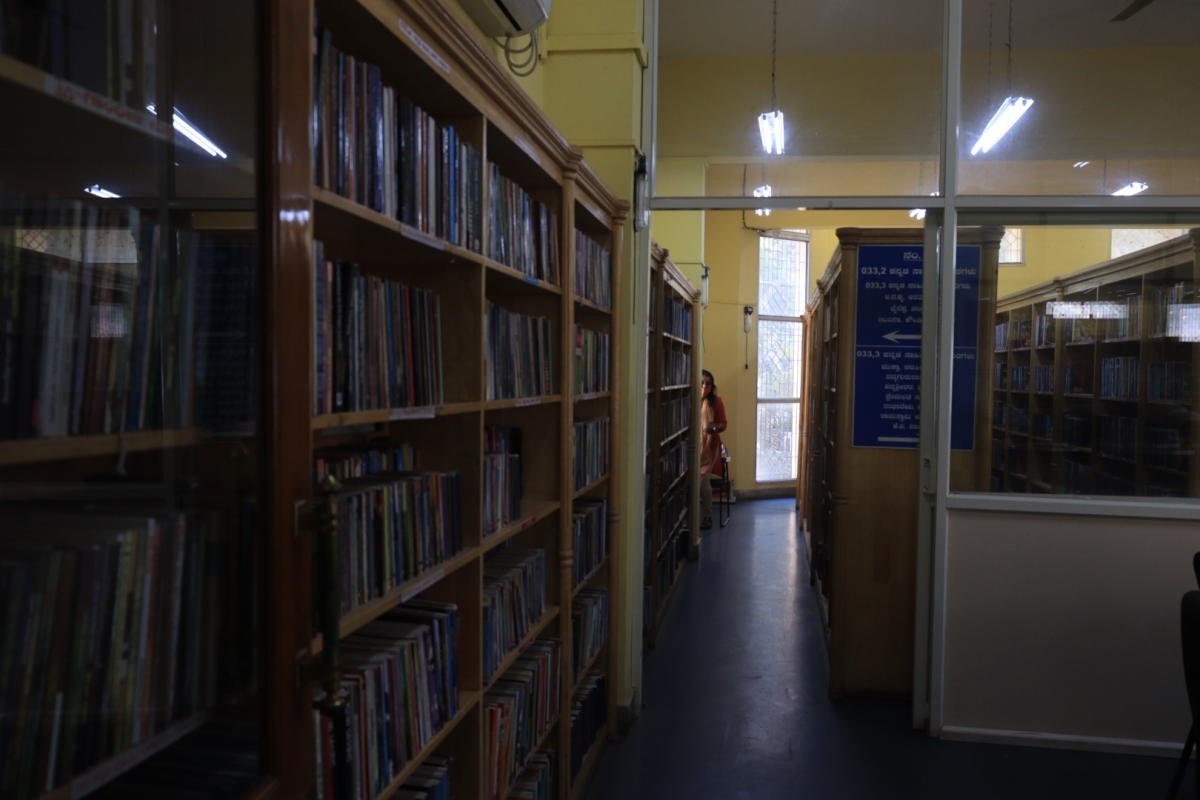The modern reading space is no longer just about rows of bookshelves and fluorescent lighting. Today’s libraries, bookstores, learning lounges, and even home reading nooks are being reimagined as inviting, multi-functional environments that inspire curiosity, focus, and comfort. The goal? To go beyond storage and create spaces where people actually want to spend time reading.
Rethinking the Reading Experience
A truly engaging reading environment does more than house books—it enhances the act of reading itself. This involves a careful balance of:
- Comfortable furniture
- Thoughtful lighting
- Mood-enhancing colors
- Acoustic balance
- Flexible layouts
When done right, these elements create a space that invites both solitude and engagement, supports various reading styles, and appeals to a broad range of users—from children to lifelong learners.
Designing for Comfort & Focus
Comfort is essential to a positive reading experience. Hard chairs and harsh lighting discourage long stays, while ergonomic, cozy setups encourage deep concentration. Here’s what to prioritize:
- Soft, supportive seating like armchairs, beanbags, or reading pods
- Warm, adjustable lighting that mimics natural daylight without glare
- Zoning for solo reading, group discussion, and casual browsing
- Carpeted or cushioned flooring to reduce noise and enhance coziness
These tactile and visual comforts signal that the space is reader-friendly, calm, and safe.
Aesthetic Ambience: Colors, Materials & Mood
Design psychology plays a huge role in creating atmosphere. For example:
- Earth tones and soft blues promote calm and focus
- Natural materials like wood, stone, or woven textures create warmth
- Pops of color in children’s areas can inspire energy and playfulness
- Biophilic design—with plants, greenery, and natural light—can reduce stress and boost engagement
When readers feel emotionally at ease, they’re more likely to explore and engage with the content around them.
Functionality in Layout & Flow
A beautiful space is only as good as its usability. Reading environments must be:
- Easily navigable with clear signage and open pathways
- Flexible with movable seating and adaptable furniture for individuals, pairs, or small groups
- Technology-ready, allowing for integration with e-readers, laptops, or smart tables
- Inclusive—with wheelchair-accessible design, varied seat heights, and sensory-friendly options
These design choices ensure that the space works for everyone, not just the traditional library interior design -goer.
Inviting Diverse Audiences
Modern reading spaces are often community-centered, hosting storytelling sessions, poetry readings, study groups, and digital literacy workshops. To support this, design should include:
- Multi-purpose zones that can transform based on need
- Interactive display areas for featured books, local authors, or seasonal themes
- Creative corners with writable walls, art integration, or tactile learning elements for young readers
This kind of experiential design blurs the line between learning and leisure, making reading spaces more dynamic and inclusive.
Final Thoughts
In a time when digital distractions are everywhere, the physical act of reading needs a thoughtfully crafted space to thrive. By going beyond bookshelves and investing in design that centers comfort, mood, and functionality, we can turn any reading environment into a haven—one that welcomes all readers and encourages them to linger, explore, and grow.
Because a good reading space doesn’t just store books—it inspires a lifelong love of reading. Visit Design Arc Interiors.






